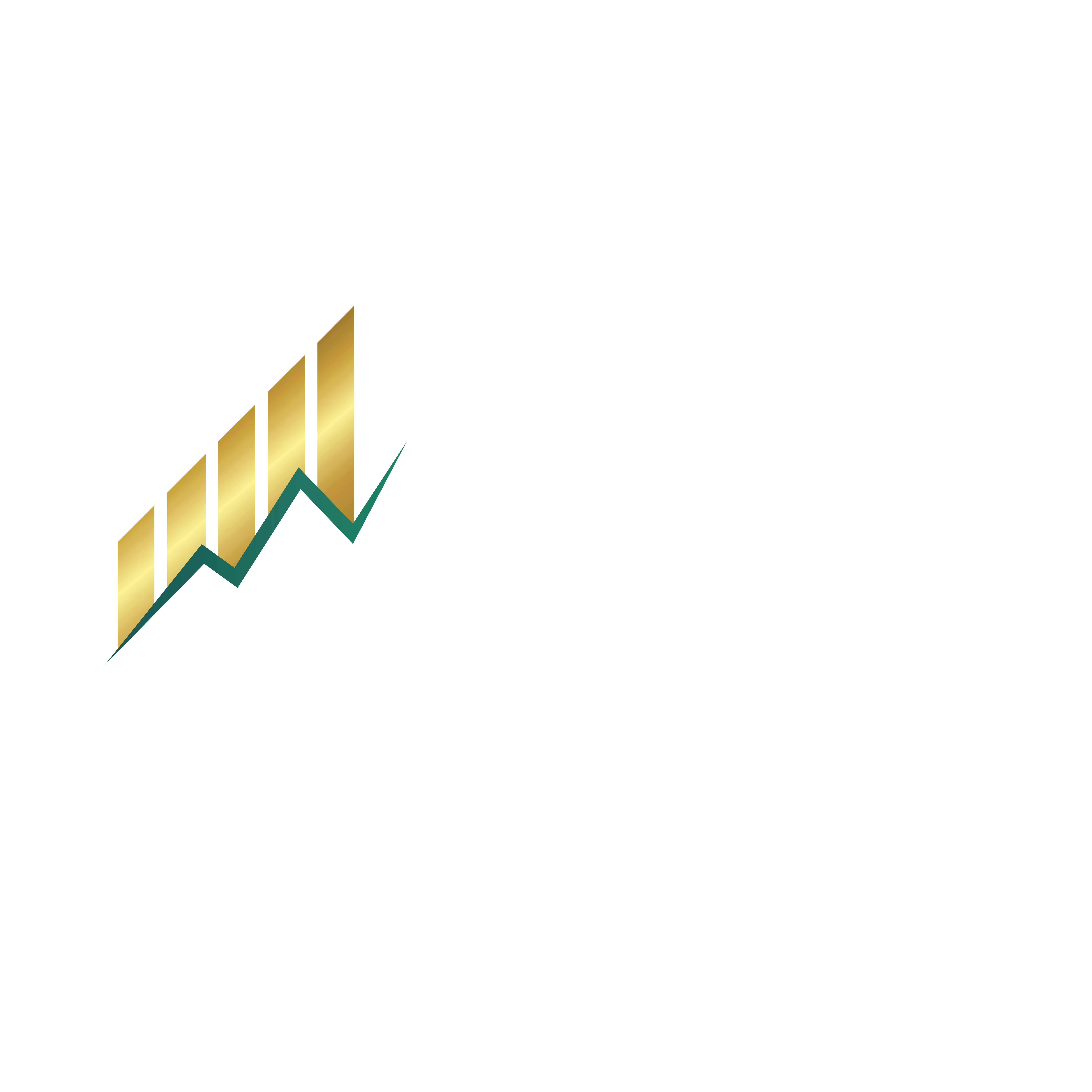You’ve probably seen these. The LinkedIn posts looking for Sales Professionals called “Hunters”. They are everywhere, it seems.
If you are using this terminology or think of starting to use it for your business, read this blog post first. The world needs to stop using the hunter and farmer sales model. Here’s why.

The Origin of Hunters and Farmers Model
Interestingly, Bing and Google seem to have different opinions of how this model originated.
Bing references the American Insurance industry back in the 1870s. Which had to find new subscribers and also collect monthly fees from the existing customers.
Google points to the work of psychologist Thom Hartmann, who originally used it to explain ADHD! Yes, you read it correctly. It was a model related to ADHD.
Whether it comes from the 1870s or the early 1990s, doesn’t really matter. What’s interesting is that:
- The hunter and farmer sales model is either very old (from late 19th century), or
- It’s based on a completely unrelated topic
Which brings us very well to …
Hunters, Gatherers, and Trappers in Sales
As we were doing the research for this blog post, we noticed there is a trapper as well. We were aware of the hunters and gatherers only, so it’s interesting to see what the trappers are.
- Hunters: Salespeople who get out and “hunt” for new opportunities. They tend to be more independent and to enjoy moving from a lead to a lead. They might be good at quickly building rapport but could struggle with long-term relationships.
- Farmers: Salespeople who “fertilize” and “water” existing relationships. They tend to be better at maintaining and building long-term relationships. And they are good at improving customer retention and loyalty.
- Trappers: Salespeople who seem to be good at meeting prospects where they are and closing the deal.
So, here you have it. Courtesy of this post from HubSpot where you can read a bit more and even download a sales plan template.

But before you do it and get back to pre-historic times when we were all hunters, gatherers, and trappers…
The Power of Language & Intention
It’s unfathomable how in the 21st century we still have so called business leaders who have no idea how the world works.
Words have power.
So do intentions.
Whether we realize it consciously or not, these things impact us.
Target Lists
There is a story by Darren Hardy that made such an impression on me.
Darren was in his early days as a realtor and he was not doing as well as he wanted, despite all the work he was putting in.
So, he asked the best performing realtor for help.
This person asked Darren for his list of prospects and Darren gave it to him.
The first thing the top realtor said?
“Look at the title – Target List. How would you feel if you saw your name on a piece of paper titled “Target List”?”
Darren ended up changing the name to “Families I want to help find their dream home” or something along these lines. And the rest is history.
The Problem with Hunters, Gatherers, and Trappers
If we forget about the org chart and disconnection issues that might arise from having 3 people doing different things for the same customer, there is a big problem with this terminology.
And I’m sure you are already noticing it.
Hunters hunt prey. And kill.
Trappers trap prey. And probably kill it after that (if it hasn’t already died in the trap).
Gatherers, well, they nurture but also gather whatever is available.
How would you feel if your name was on a hunter’s list?
How would you feel if you were told that a trapper created that funnel you just entered?
Not good? Neither do we.
Then why would you call your people hunters, trappers, and gatherers?
Adding Intentions to the Picture
There’s one more aspect to this model of hunters, trappers, and gatherers (btw, are we the only ones feeling like we are back in the stone ages?).
And this thing is called intentions.
You can do the same thing, take the same action, with different intentions, and you will get different results.
And we, humans, feel the intention.
Yes, we might not realize what it is consciously, but we get that gut feeling.
And while we love buying, we hate being sold to.
Now, you might be wondering what intentions might be behind the actions of a salesperson, except for selling?
Well…
… the Energy Leadership Framework, created by iPEC, provides at least seven possible intentions we can have when we do something.
For example, let’s take cold calling as an activity a salesperson might be doing.
Based on the iPEC framework, we have the following situations:
Level 1 – I Lose (Victim Mindset)
- Intention: “I have to make these calls, but no one wants to hear from me. This is a waste of time.”
- Experience: The salesperson lacks confidence, dreads rejection, and assumes failure before even dialing. Their energy is low, and their results reflect it.
Level 2 – I Win, You Lose (Conflict & Resistance)
- Intention: “I need to close this deal no matter what, even if I have to pressure them.”
- Experience: The salesperson pushes aggressively, focuses on overcoming objections forcefully, and may come off as manipulative or confrontational.
Level 3 – I Win, If You Win Too That’s Fine (Rationalization & Cooperation)
- Intention: “I just need to get through these calls. If I help someone, great. If not, at least I tried.”
- Experience: The salesperson is outcome-focused and professional, but they may see rejection as a personal failure and rely on scripts rather than true connection.
Level 4 – You Win (Service & Compassion)
- Intention: “I genuinely want to help this person. If my solution fits, great. If not, I’ll still leave them better off.”
- Experience: The salesperson focuses on the prospect’s needs, listens deeply, and values the conversation itself rather than just the sale.
Level 5 – We Both Win (Opportunity & Collaboration)
- Intention: “Let’s explore if there’s a way we can work together to achieve something great.”
- Experience: The salesperson sees every call as a chance to form meaningful relationships. They view objections as learning opportunities and trust that the right clients will come.
Level 6 – Everyone Wins (Intuition & Flow)
- Intention: “I trust that the right people will say yes. My job is to connect and share my message with confidence.”
- Experience: The salesperson operates with ease and enthusiasm, making authentic connections without attachment to outcomes. Their energy naturally attracts the right clients.
Level 7 – There is No Win or Lose (Absolute Passion & Non-Judgment)
- Intention: “I’m simply here to have conversations, share insights, and enjoy the process.”
- Experience: The salesperson is in a state of full presence and mastery. They transcend the idea of success or failure, focusing instead on contributing and creating meaningful dialogue.
Do you see how these 7 different intentions create different outcomes?
They even feel different as you read them.
And, here’s the thing.
The words “hunter” and “trapper” fit more at the lower levels (especially Level 2) where sales is forceful or manipulative.

An Alternative Model for Salespeople
Rather than framing salespeople as hunters or trappers, why not tackle the problem at the root and use a model that highlights an evolution in mindset, intention, and approach.
Using the 7 Levels of Energy framework, we can define the following archetypes of salespeople.
At the lower levels, sales is forceful and transactions (just like the words hunter and trapper imply).
At the higher levels, the process becomes service-driven and magnetic – aligning with how the universe works and empowering individuals to create abundance in any endeavor.
Level 1 – “The Reluctant Salesperson”
- Sales Approach: Avoidance, fear, lack of confidence.
- Archetype: The Reluctant Salesperson
- Intention: “Cold calling is terrifying. No one wants to hear from me.”
- Experience: They hesitate to make calls, sound apologetic, and struggle with rejection.
Path to growth: Shift the mindset from “intruding” to “offering an opportunity.”
Level 2 – “The Aggressive Salesperson”
- Sales Approach: Pushy, transactional, sees rejection as a challenge to overcome.
- Archetype: The Aggressive Salesperson
- Intention: “I need to close this deal at all costs.”
- Experience: They use pressure tactics, handle objections aggressively, and focus solely on hitting quotas rather than helping the client.
Path to growth: Transition to collaborative conversations instead of forcing decisions.
Level 3 – “The Functional Salesperson”
- Sales Approach: Follows scripts, does what’s expected, but lacks enthusiasm.
- Archetype: The Functional Salesperson
- Intention: “I’ll stick to the process and hope for the best.”
- Experience: They complete their calls but lack conviction, often leading to surface-level conversations that don’t drive conversions.
Path to growth: Develop confidence in their unique value proposition and focus on engaging clients rather than just reading scripts.
Level 4 – “The Trusted Salesperson”
- Sales Approach: Service-oriented, listens deeply, and focuses on client needs.
- Archetype: The Trusted Salesperson
- Intention: “I want to help you make the best decision for yourself.”
- Experience: They ask thoughtful questions, build trust, and prioritize relationships over transactions.
Path to growth: Strengthen storytelling skills to make solutions more compelling.
Level 5 – “The Strategic Salesperson”
- Sales Approach: Insight-driven, sees sales as a value exchange, attracts ideal clients.
- Archetype: The Strategic Salesperson
- Intention: “Let’s explore if working together is the right fit.”
- Experience: They focus on educating and guiding rather than selling, allowing prospects to make empowered decisions.
Path to growth: Refine negotiation techniques to secure long-term business relationships.
Level 6 – “The Magnetic Salesperson”
- Sales Approach: Highly intuitive, effortlessly attracts clients.
- Archetype: The Magnetic Salesperson
- Intention: “I trust that the right clients will find me.”
- Experience: They naturally inspire people, focus on relationships over transactions, and often generate referrals and inbound leads effortlessly.
Path to growth: Optimize content marketing and thought leadership to expand influence.
Level 7 – “The Visionary Salesperson”
- Sales Approach: Transcendent, leads movements rather than individual sales.
- Archetype: The Visionary Salesperson
- Intention: “I share my vision and those aligned will naturally engage.”
- Experience: They redefine industries, influence at scale, and operate at pure inspiration and service rather than traditional sales methods.
Path to growth: Ensure their business infrastructure supports their expansive reach.
With this framework, and by shifting energy and mindset from resistance to alignment, sales professionals can build deeper relationships, attract the right clients, and create meaningful business success.
Stop Using the Hunter and Farmer Sales Model
Company culture and mindset are a bigger conversation. One that we’ll dive into in future blog posts.
For now, we want to leave you with the following message.
Stop looking for hunters, gatherers, and trappers. Start looking for and enabling Trusted, Strategic, and Magnetic Salespeople.
You are not here to hunt and trap customers and clients (hopefully).
You and your business are here to make a difference. Create value in the world. Dent the universe.
We, personally, have a vision of a world where every organization creates harmony between profits, employee growth, customer satisfaction, and local or global impact.
And our mission is to empower business leaders and organizations to boost performance, sustain double-digit growth, and thrive well into the next decade. By aligning people, processes, and technology, we help organizations achieve transformative success that benefits employees, customers, and society alike.
What are your vision and mission?
Will you achieve them by hunting, gathering, and trapping prospects?
We thought so too.
Contact us if you think we can be of help with your cultural transformation. You can book a consultation call here or send us a message here.
Here’s to a world full of trusted, strategic, magnetic, and visionary salespeople!


